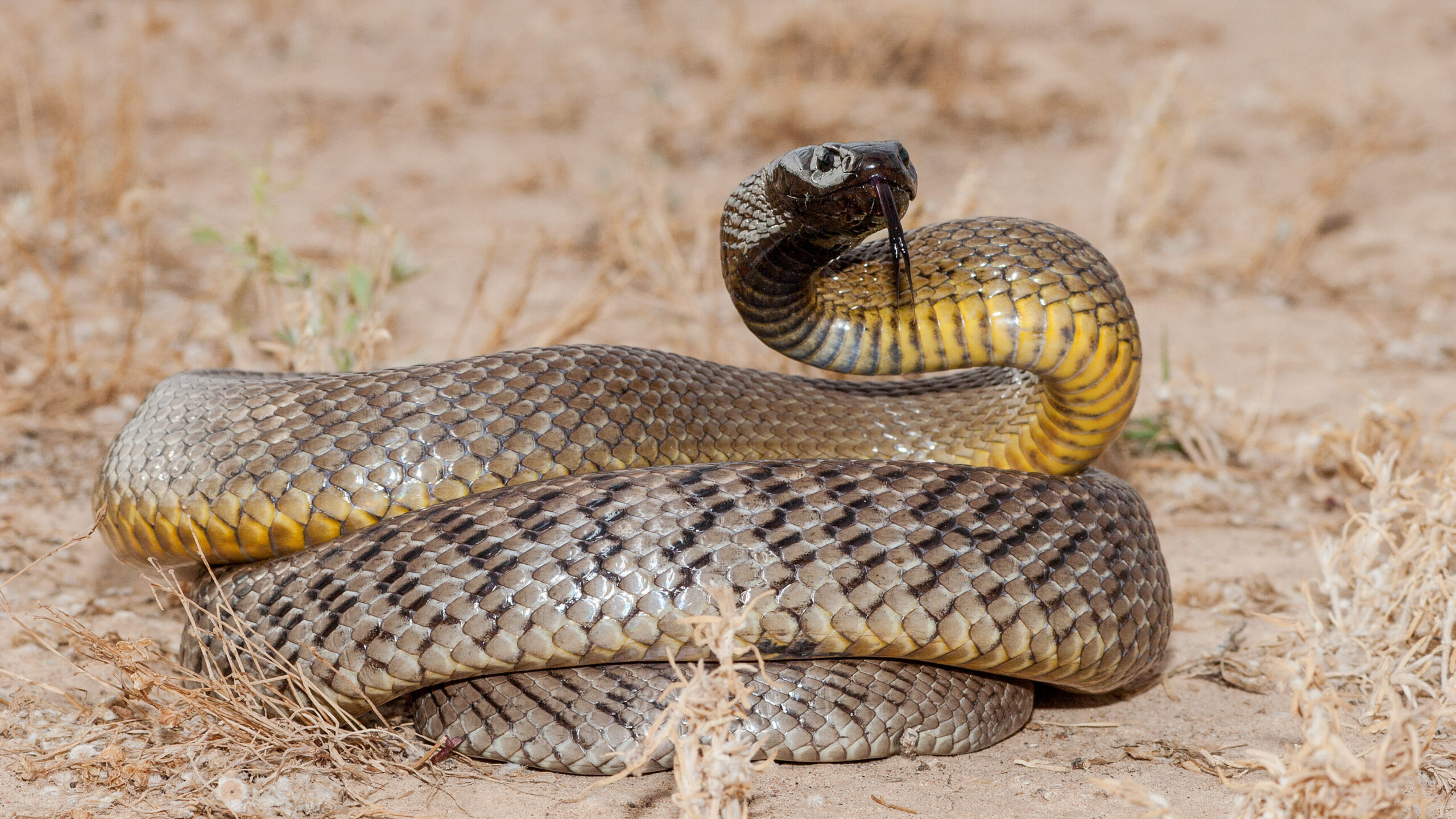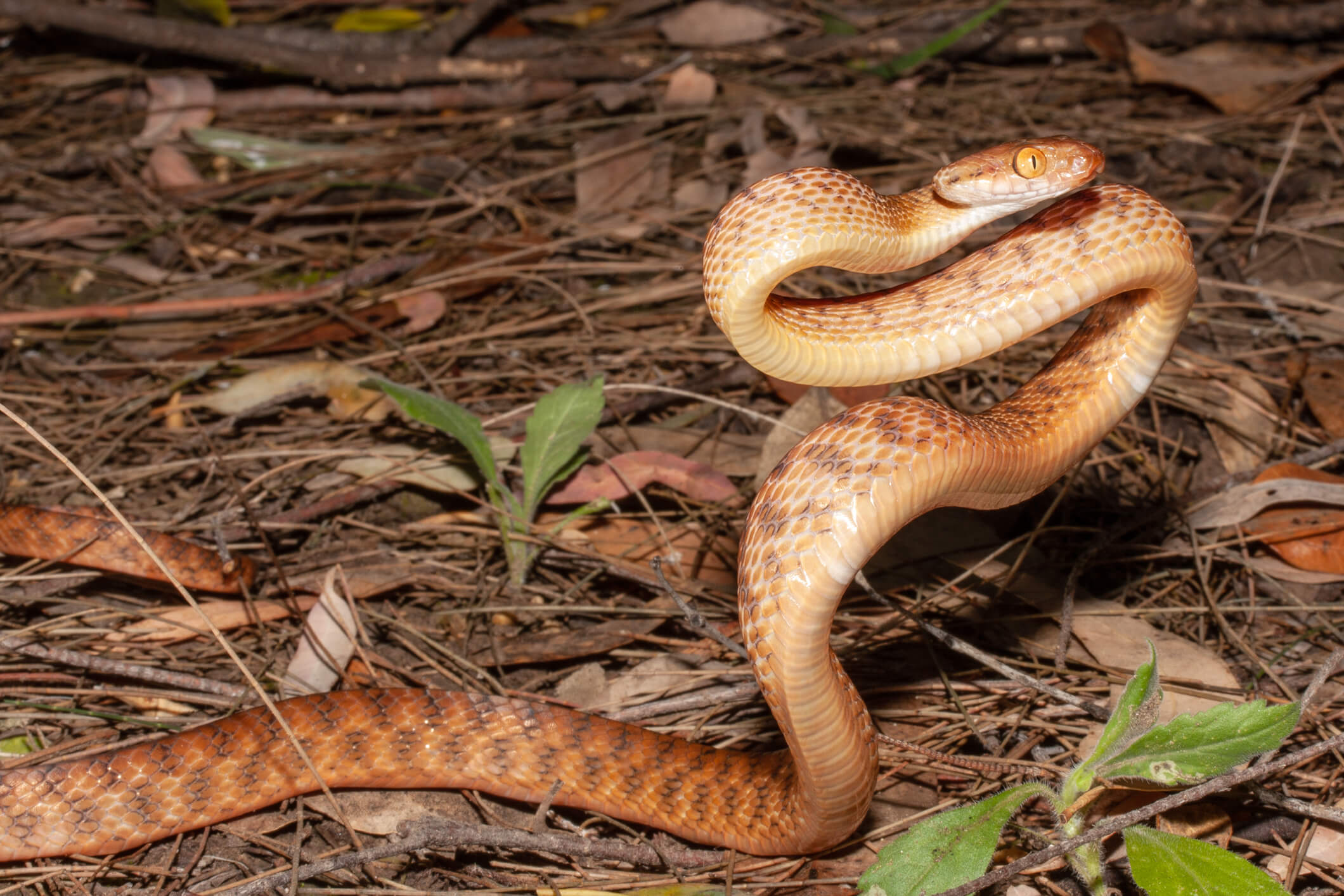Introduction
Encountering a snake in the wild can be both electrifying and frightening, especially if that serpent is recognized for its potent poison. In Australia, the tiger serpent is among the most well-known and poisonous snakes, making it necessary for outside lovers to comprehend just how to identify them and identify the signs and symptoms of their attacks. This considerable overview will look into everything pertaining to tiger snake experiences, concentrating especially on determining signs and symptoms from a bite, first aid procedures, and understanding their habitat.
Snake Attack Signs: Just How to Recognize a Tiger Serpent Encounter
When talking about snake bite symptoms, it's vital to concentrate on just how these signs provide themselves after a tiger serpent encounter. The tiger serpent (Notechis scutatus) is highly related to for its aggressive nature when threatened and its potent venom, which can create severe reactions in humans.
What Does a Tiger Serpent Look Like?
Before we dive deeper right into bite signs and symptoms, knowing what a tiger serpent looks like is crucial for recognition:

- Coloration: Tiger snakes are typically grouped with yellow or light brown red stripes against a darker backdrop. Size: They can mature to 2.5 meters in length. Head Forming: Their heads are wide compared to their necks. Behavior: Often discovered basking or swimming; they may show an aggressive position when threatened.
Understanding these characteristics can help you identify a tiger snake before an experience escalates.
Are Tiger Snakes Venomous?
Absolutely! Tiger serpents are indeed venomous. Their poison has neurotoxins that can trigger paralysis and coagulopathy-- essentially interrupting blood clotting mechanisms. These aspects make their bites incredibly dangerous.
Recognizing Tiger Snake Attack Symptoms
Immediate Indicators of a Snake Bite
The onset of signs after being bitten by a tiger serpent can vary based on several aspects:
Initial Discomfort: An unexpected pain at the bite website often occurs. Swelling: Swelling may create around the area. Discoloration: Discoloration or soreness can follow as the body responds to the venom. Systemic Signs and symptoms: Nausea, throwing up, headache, sweating, and trouble breathing might manifest as the poison spreads.Local Impacts of Tiger Snake Bites
Local results primarily include:
- Rapid swelling at the site Severe tenderness Possible blistering or death if untreated
Systemic Effects of Tiger Serpent Bites
Systemic results incorporate wider symptoms impacting numerous body systems:
- Neurological Signs: Wooziness, confusion, or numbness might show neurotoxic effects. Cardiovascular Symptoms: Rising and fall heart rates might symbolize significant systemic involvement.
Recognizing these immediate signs can be critical for timely medical intervention.
What To Do If Attacked by a Tiger Snake?
First Help for Serpent Bites
Knowing just how to carry out emergency treatment can be lifesaving when handling possible tiger snake bites.
Stay Calm: Keeping calm helps reduce poison spread. Immobilize Influenced Limb: Maintain it still and below heart level. Seek Immediate Medical Attention: Call emergency services or get to the medical facility as quickly as possible.Important Note: Never ever try to draw out the poison or apply ice directly on the wound; this could aggravate tissue damage.
Creating Your Emergency treatment Package for Serpent Bites
An extensive first aid kit should consist of products particularly beneficial for taking care of snake attacks:

|Thing|Objective|| -------------------------------|------------------------------------------|| Compression Plaster|To paralyze limb|| Antihistamines|For allergic reactions|| Pain Relievers|Handle discomfort till clinical assistance arrives|| Emergency Contact Information|In situation of serious reaction|
First Aid Package Fundamentals for Australian Snakes
Ensure your kit also consists of particular items Australian snake habitats pertinent to Australian atmospheres:
Antivenom info card Clean cloths Emergency numbersUnderstanding Tiger Serpent Habitat
Where Do Tiger Snakes Live?
Tiger snakes are typically located in different habitats across Australia, consisting of:
- Coastal regions Swamps and wetlands Grasslands
They like locations with adequate supply of water and vegetation cover where they can hunt effectively.
Tiger Snakes in Tasmania
Tasmanian tiger snakes show unique attributes such as variants in shade and dimension compared to mainland populaces due to environmental adaptations.
Prevention Is Better Than Remedy: Preventing Encounters with Tiger Snakes
Safety Tips When Outdoors
When venturing right into areas understood for tiger snakes:
Wear tough boots and long pants. Always see where you step-- especially near water sources. Avoid tall lawn or thick vegetation where visibility is limited.By taking preventative procedures seriously, you minimize your threat of an encounter altogether.
FAQs about Tiger Snakes
Q1: What do I do if I see a tiger snake? If you run into one, stay tranquil; retreat slowly without turning your back on it-- avoid prompting it further.
Q2: How long does it consider signs and symptoms from a bite to show? Symptoms usually show up within minutes yet can vary based on specific reactions.

Q3: Can I use ice bag on a serpent bite? No! Using ice bag can create more damage than great by intensifying tissue damages around the bite area.
Q4: Are baby tiger snakes much less dangerous? Yes, yet infant tiger serpents still possess poison efficient in creating injury; care is constantly suggested despite size.
Q5: Where can I discover antivenom treatment in Australia? Most hospitals have accessibility to antivenom for usual Australian snakes; it's essential to reach clinical assistance immediately after a bite.
Q6: How fatal are tiger snake bites? Without prompt clinical treatment, casualties can happen; however, very early intervention dramatically improves outcomes.
Conclusion
Understanding just how to identify and reply to a prospective tiger snake experience is crucial not just for individual safety and security but additionally for fostering regard toward these fascinating creatures that occupy our communities. With understanding regarding their looks, habits, environments, and reliable emergency treatment techniques at hand-- you're currently much better geared up than Red-bellied Black Snake ever!
By adhering purely to safety methods while delighting in Australia's rich natural appeal, you reduce dangers connected with wildlife encounters while making certain readiness should an unfavorable incident take place-- a true testimony that expertise is power!
Remember that remaining notified regarding neighborhood wildlife will always enhance your Hospital Care outdoor experiences while maintaining risks at bay!